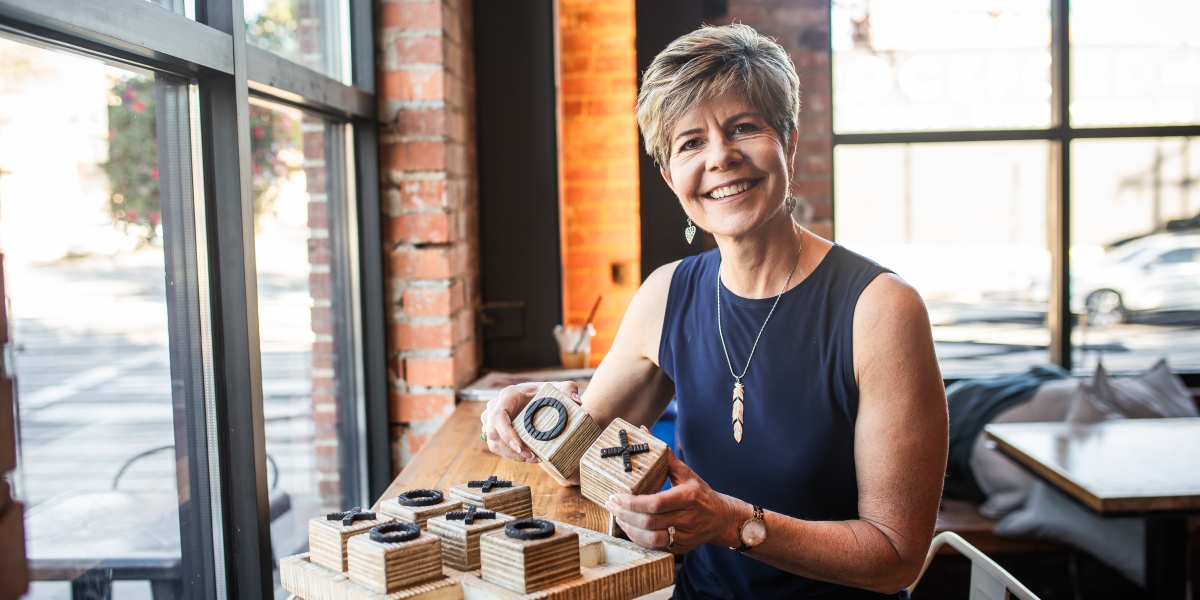During LA Design Weekend—when more than 200 studios opened their doors to celebrate the city’s restless creative energy—a student-curated exhibition emerged quietly yet confidently, inviting reflection on authorship, autonomy, and what it means to design in an age of constant change.
Soft Systems brought together emerging designers from ArtCenter College of Design, California Institute of the Arts, and the Southern California Institute of Architecture. Together, they mapped a landscape where art, technology, and identity intersect and dissolve. The exhibition proposed the designer not as a singular author but as a self-regulating system—one that drifts, adapts, and reconstructs itself amid information overload, blurred authorship, and algorithmic taste.
Curated by Sophie Wei, a Spatial Experience Design student at ArtCenter, and Chenyang Nie, a USC-trained curator and founder of Artistry Edge, the show forged new links between LA’s leading design schools. It assembled practices spanning media, architecture, graphics, and product design—not to chase marketability but to explore design’s elasticity and emotional intelligence. Soft Systems ultimately became a meditation on transformation itself: how creative identities can remain porous and alive within technological networks.

On opening night, media and interaction designer Finley Yuheng Sun (MFA, ArtCenter) collaborated with dancer Eva Feng (MFA Choreography, CalArts) on a live VR performance titled SPLASH. The piece explored the fluid boundaries of gender, embodiment, and digital presence through a responsive virtual environment where movement activated waves of color and sound. As Feng’s choreography conversed with Sun’s immersive visuals, the performance evolved into a kinetic dialogue between body and machine—a space where technology became tender, even intimate, in expressing identity.
Another ArtCenter Media Practice Alum, Zhengyu Zhao, a speculative designer and creative technologist, extended this conversation into the realm of perception. Her project Never Mind, Body Knows translates gesture and motion into interactive narrative, suggesting that intuition and bodily awareness might guide our relationship with machines better than logic alone. Blending code, movement, and sensory storytelling, Zhang builds interfaces that listen—to the body, the breath, and the silence in between.
Jiaqi Peng, an interdisciplinary designer working between industrial design and art, shifted the tone from digital to tactile. Her work Window Within reconsiders lighting as both illumination and architecture, transforming a lamp into a porous divider that mediates reflection and connection. Through material subtlety and spatial sensitivity, Peng reveals how design can shape emotional thresholds—the quiet spaces that both separate and unite us.
At another corner, Joey Hou presented Metamorphosis, a virtual and interactive environment tracing the origin and evolution of life. Her practice, poised between circuitry and poetry, explores how logic can dissolve into feeling. In Metamorphosis, code becomes emotion, and design becomes a vessel for tenderness—a reminder that even in digital realms, humanity flickers through.
Hongzhou Wan approached systems from a different angle—through play. His year-long project Daily Play turned graphic design into a daily ritual of experimentation, producing 365 micro-compositions that test rhythm, balance, and language. Treating design as a game of props and rules rather than a fixed order, Wan exposes how structure and spontaneity co-exist, how repetition breeds both discipline and freedom.
Meanwhile, Haiming Wang (SCI-Arc, M.S. 2025) examined systems at the architectural scale. His project CHATMASS integrates conversational AI into design workflows, bridging the gap between architectural visualization and the logic of competition entries. With a background from Rice University, Wang reimagines the act of designing as an exchange of ideas between human and machine—where dialogue itself becomes a creative material.
Yves Chen, also trained at SCI-Arc, dissolves the boundaries between architecture, code, and scent. His project ÔDÔRAI embeds an AI-driven olfactory system into furniture, responding to posture and emotions in real-time. By turning fragrance into an interface, Chen transforms the intangible into presence—air as architecture, memory as design.
Completing the circle, Yitong Jiang’s Land Mapper reinterprets the map as a living, generative medium. Built with p5.js for CLUI, the project lets users craft personalized maps that merge geography, data, and emotion. Rooted in her fascination with visual systems—from childhood symbols of Chinese New Year to digital cartography—Jiang’s work visualizes how place, identity, and imagination intertwine.
Hosted in a co-working space in historic Chinatown, Soft Systems consciously stepped beyond the “white cube.” The exhibition layout, conceived by Wei and Nie, wove together screens, objects, and installations in a rhythmic spatial narrative, linking the physical and virtual into a seamless environment. The setting itself, embedded in the city’s cultural fabric, grounded the show’s themes of community, hybridity, and shared authorship.
Wei’s background in spatial experience and creative direction added a subtle layer of communication strategy to the curatorial concept, positioning Soft Systems as both an experimental exhibition and a form of brand storytelling. Rather than selling design as a product, it invited the public to touch the future of design through experience and dialogue, expanding LA Design Weekend’s usual focus beyond furniture and fine art toward the intangible and systemic.
Nie’s curatorial vision, shaped by her work with emerging artists, provided rigor and cohesion—balancing each participant’s distinct voice within a collective rhythm.

Soft Systems is less an exhibition than a living framework. It gathers young designers at a moment when creative identity is no longer stable, but constantly rewritten through tools, interfaces, and networks. Within that flux, these designers propose gentler systems—ones that breathe, sense, and adapt.
Together, they remind us that design’s future is not about control, but connection; not about permanence, but continual becoming.
Contact:
Artistry Edge: Website
Instagram: @artistry_edge_
Wei of Practice:@weiofpractice






